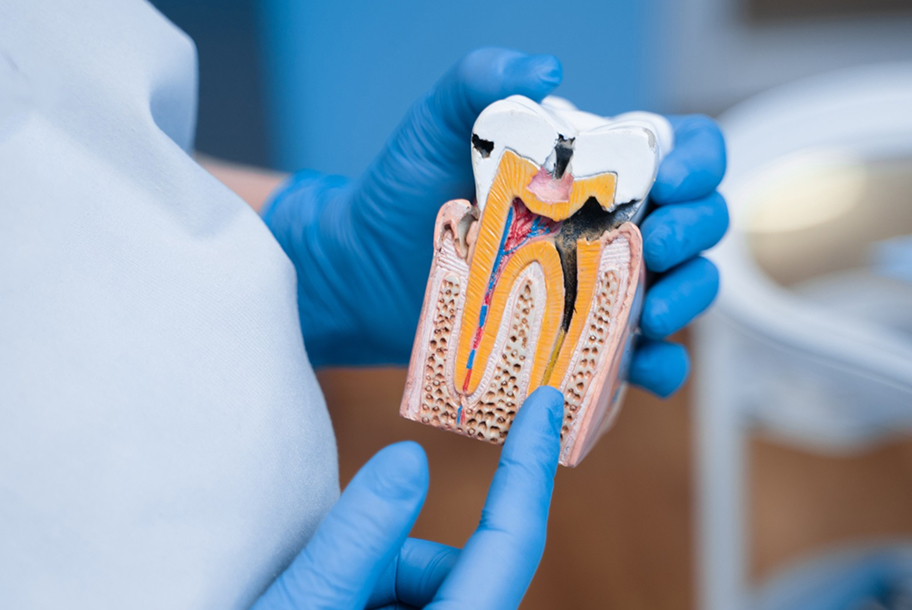
Tooth decay remains one of the most prevalent childhood diseases in the United States. According to the CDC, approximately 20% of kids between ages 5 and 11 and nearly one-third of adults under age 45 possess at least one untreated decayed tooth. Saeed Mokhayeri, DDS, and Hengameh Safarcherati, DDS at Arya Dental, in Fullerton, California, treat several people in need of dental bridges or crowns.
The crowning touch
Created in a range of materials, from porcelain to ceramic, crowns cover teeth suffering from an abundance of decay, chips, or cracks. Our team prefers all-porcelain or all-ceramic crowns, which blend in best with your natural teeth. Metal may be visible at the gum line with crowns made from a combination of porcelain and metal. All-metal caps look far less aesthetically pleasing, as well. All-porcelain or all-ceramic crowns are also a good choice for front teeth or people with metal allergies.
Crowns can cosmetically improve the look of crooked or misshapen teeth. Our team also uses crowns to cover implants or enhance a tooth’s structure following a root canal.
Build a bridge to better health
Our team creates dental bridges for both children and adults. These use one or more false teeth, made from synthetic materials, to fill in the space left by missing teeth. We fuse these new teeth between your natural ones or dental implants to protect normal teeth from shifting, help you chew normally, and keep you smiling.
Choose from a variety of styles, including:
- The Maryland bridge: which employs a metal framework to attach the false tooth, also called a pontic, to the surrounding teeth.
- Traditional fixed bridge: The dentist applies porcelain crowns over the two healthy teeth on either side of the missing tooth to anchor the pontic.
- Cantilever bridge: This bonds the pontic to only one natural tooth for support.
- Implant-supported bridge: The dentist surgically places implants to hold the caps that support the false tooth or teeth.
Enjoy your crown or bridge in just two visits
First session (around two hours):
Our dentist drills down into your tooth, fills any cavities, and preps your teeth for a bridge or crown. We then:
- Make impressions of your teeth to create an accurate mold
- Match the color of your natural teeth to the porcelain of your future crowns or pontics
- Install a temporary crown or bridge while the permanent one is created off-site
Second session (easy as 1, 2, 3):
- We quickly remove your temporary crown
- Cement permanent crowns and/or bridges into place
- Test your bite for fit and comfort
Maintain your smile
Many crowns and bridges last for decades or more. Keep your crowns, bridges, teeth, and gums healthy with good oral hygiene. Our doctors recommend you:
- Floss regularly and brush with a fluoride toothpaste at least twice a day
- Avoid chewing hard, sticky foods or ice
- Visit our office regularly for checkups and professional cleanings
Turn that frown upside down
Whether you require a filling, bridge, or crown, our compassionate dentists at Arya Dental provide the best treatments for you and your family. Simply call or book an appointment online and start smiling today.






